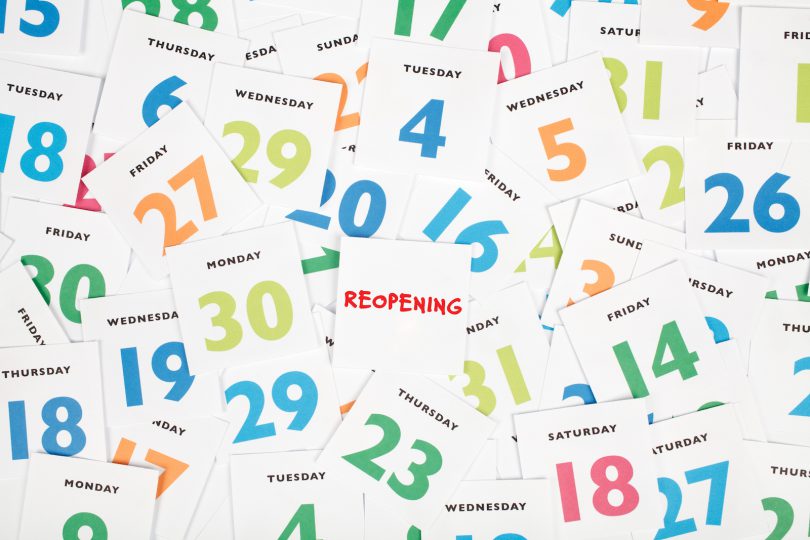As businesses, restaurants, schools and other establishments move toward reopening, or continue to pivot due to changing circumstances due to the pandemic, they each play a role in mitigating fears and building confidence that their overall operations are safe, and that they are prepared. Striking the right tone in your messaging is as important as presenting consistent, factual and concise information.
Our stakeholders — employees, customers, students, partners and vendors — are all part of our audience. And business owners and leaders are the primary communicators.
According to multiple studies, the average consumer is presented with up to 10,000 ads per day. Those of us of a certain age can remember the 1970s, when the average was more like 700 per day. (Yes, you read that right.) At a minimum, consumers now face approximately 6,000 ads every day. We might hear those ads on the radio, see them by the hundreds on website sidebars, or by the dozens on billboards that we only half-notice as we pass them on our morning commute. And that’s often before the day has even started.
Unless you’re disconnected from the digital communication — or just very lucky — the scenario I just described probably sounds familiar to you. And it all starts to look and feel like information overload.
In different situations, people occupy both sides of the consumer/communicator divide. For business owners and leaders of organizations, it’s easy to have amnesia about how it feels to be on the other side of that divide.
The solution? Think like an employee, customer or parent, and give them the information they need to know. Our audiences might be overloaded with other messages, but they do care about what we have to say.
Organizations across the country are not adequately communicating their reopening plans to audiences. Maybe they’re afraid to share too much, believing the details will be lost or ignored. Or they succumb to “telepathic thinking” and assume that people already know what’s happening, or that their reopening plans are self-explanatory.
Such lack of communication can be a dangerous trap. Here are four ways to avoid falling into it:
- Overcommunicate your reopening plan. Wear yourself out with your own messaging. Your audience will know that your heart is in the right place; they won’t dislike you for consistently sharing the information they need.
- Provide concise, digestible information. People want information about reopening plans that gets straight to the point. For instance: “Here’s our plan to reopen (or return to school).” One rule of thumb for consistent, simple messages is to create three talking points of no more than 21 words each, which I call the “3-21 rule.” You can then offer more detailed documents to support those points.
- Stay open to feedback. Once you’ve proposed and shared your reopening plan, maintain an open channel of communication with your audience and be receptive to feedback from them that might expose blind spots in your plan.
- Name a delegate. Assign someone in your organization as point person for all communications about your reopening plan. Doing so puts a human face to your plan and helps make messages consistent.
Building trust with audiences about our reopening plans after the coronavirus shutdown also requires us to admit when we don’t have all the answers. When business leaders or communicators go silent because they don’t know an answer, it becomes a barrier to communication that adds to people’s stress. In the absence of information, it’s human nature to fill in the blanks with worst-case scenarios. “We don’t know, but we’re working on it,” is a simple and appropriate response.
When communicating your organization’s reopening plans, make sure that you are a familiar and reassuring source to your audience. Let them know that we’ve come this far and, with the right work, the transition to reopening businesses, schools and other establishments will be that much easier.
Brian Stephens is the CEO and co-founder of Caissa Public Strategy, which has a dynamic portfolio of successful complex communications projects — from building issues campaigns and product launches to diffusing controversial crises and managing and growing reputations. Stephens is a business strategist, best-selling author, attorney and public speaker.
Illustration credit: jirsak







